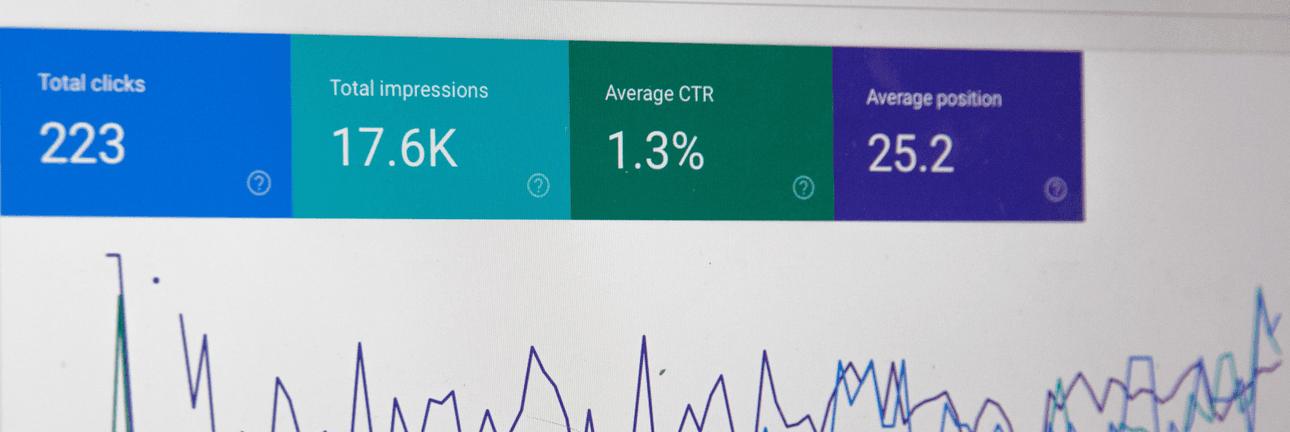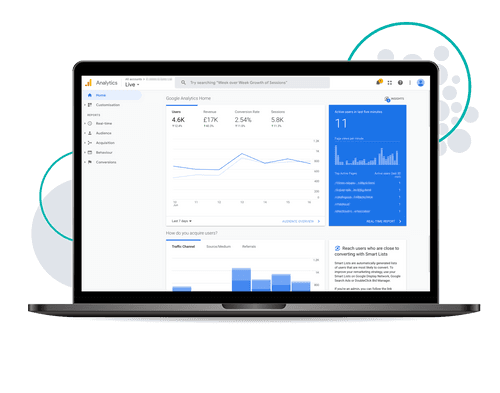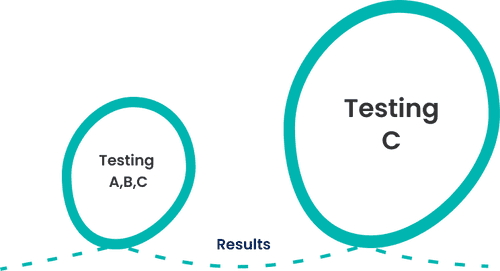The process by which obstacles and drop-off points to conversions are identified, and solutions are hypothesised, tested, and implemented via an iterate and learn methodology.
CRO Agency


Your e-commerce conversion rate shows you, at a high level, how many of the users visiting your site then go on to complete a goal. Ordinarily, this would mean completing a purchase for a product, although other metrics can also be measured as a conversion (for example, completing a contact form or signing up for a service).
CRO is a process by which possible obstacles and drop-off points to conversions are identified, and solutions are hypothesised, tested, and implemented via an iterate-and-learn methodology.
The ultimate aim of CRO is to continuously improve conversion rates both as a whole across the site and under specific circumstances. For example, there may be a need to focus on users from a specific device type.





A/B Testing (Split Testing)
Any successful CRO strategy is grounded in data from sources such as Google Analytics, from which hypotheses for improvement are formed. These hypotheses are then put to the test via A/B testing directly on the site.
A/B testing allows us to serve multiple versions of a page or specific element to the live users of the site and, via defined metrics, determine what the different variants’ effects are on the engagement numbers. From here, we can determine the best route forward depending on the outcome of the test.

Iterate and Learn
The objective of any A/B test is to measure the effects of variants on the user base. Whether a hypothesis is proved correct or inaccurate is not relevant - the outcome of any test always provides information on how the site users behave and how they react to changes.
Following a single A/B test or on completion of a testing roadmap, we can reflect on the outcomes and push forward with recommended changes to the site, which saw a high potential for improved conversion rates. However, of equal value is understanding that the hypothesis did not pan out as we thought and then iterating upon the test using what we have learned.



